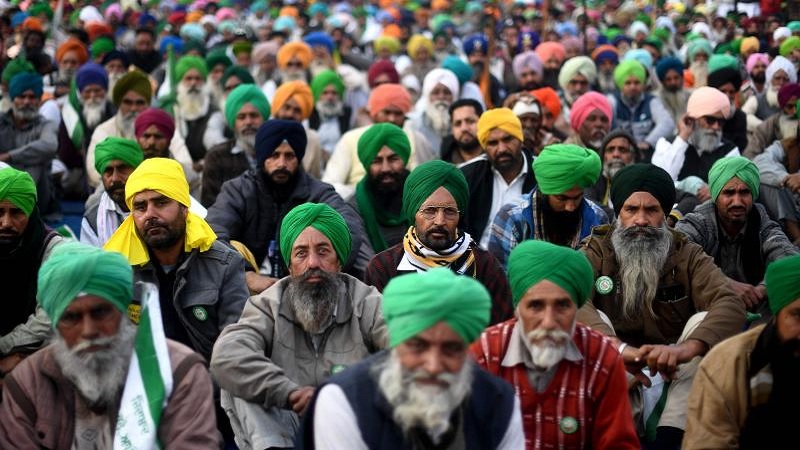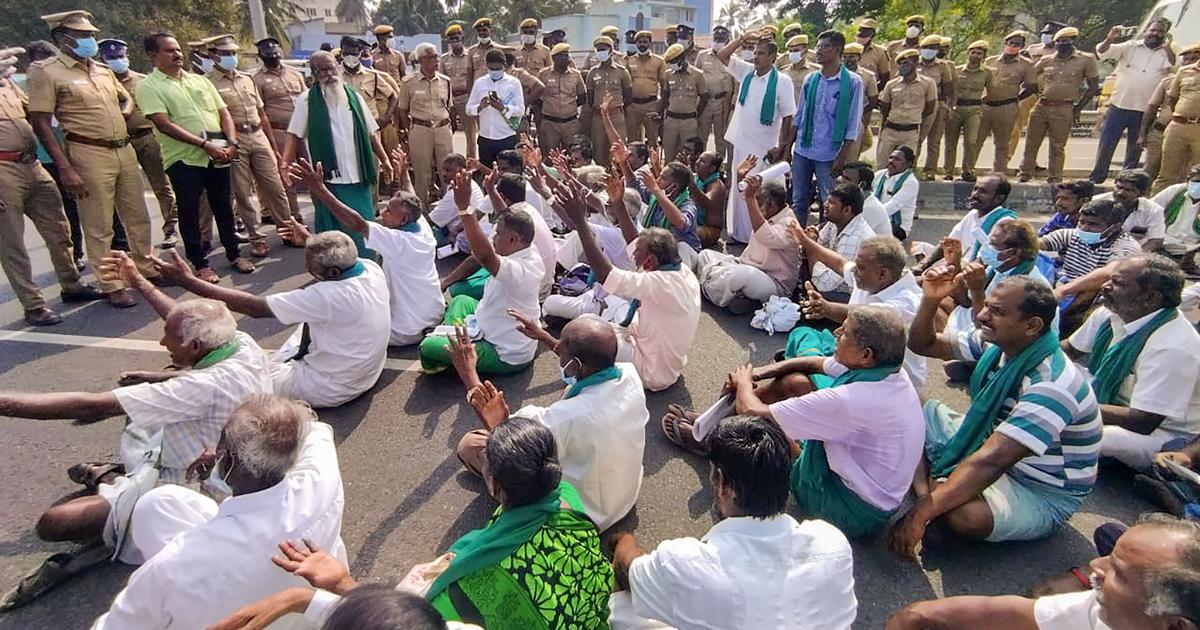Table of Contents
The ongoing saga of farmer protests in India has taken yet another turn as talks between the farmers and the central government have broken down. With negotiations at a stalemate, farmers are now gearing up for a massive march to Delhi, further escalating the already tense situation.
Background:
The farmers‘ protest, which began in November 2020, has been one of the largest and most persistent movements in recent Indian history. Initially sparked by the passing of three controversial agricultural laws, the protests quickly grew into a broader demand for the repeal of these laws and reforms to support farmers’ interests.

Failed Negotiations:
Despite several rounds of talks between farmer representatives and government officials, a resolution has remained elusive. The farmers argue that the new laws will leave them vulnerable to exploitation by big corporations and undermine the existing system of government-regulated markets. On the other hand, the government maintains that the laws are necessary for modernizing the agricultural sector and empowering farmers.
Breakdown of Communication:
The latest breakdown in negotiations signals a deepening of the impasse. Both sides have been unable to find common ground on key issues, including the repeal of the contentious laws and the implementation of a legal guarantee for minimum support prices (MSP) for crops. With trust eroded and tensions running high, the prospect of a resolution through dialogue appears increasingly remote.
Farmer’s Plan to March to Delhi:
In response to the failure of talks, farmer unions have announced plans for a march to Delhi. The march, scheduled for the coming weeks, is expected to mobilize thousands of farmers from across the country. Their goal is to intensify pressure on the government and draw attention to their demands on a national stage.

Potential Impacts of farmers:
The decision to march to Delhi carries significant implications for both the farmers and the government. For the farmers, it represents a show of strength and determination in their struggle for justice. By converging on the nation’s capital, they hope to amplify their voices and force the government to take decisive action.
However, the march also raises concerns about the potential for violence and disruption. Previous protests in Delhi have seen clashes between demonstrators and security forces, leading to injuries and arrests. The authorities are likely to take measures to prevent any escalation of tensions, but the risk of confrontation remains.
Political Fallout:
The escalating farmer protests pose a growing challenge to the government of Prime Minister Narendra Modi. With state elections on the horizon and the specter of a general election looming in the distance, the handling of the crisis has become a political flashpoint.
Opposition parties have rallied behind the farmers, accusing the government of being insensitive to their plight. Calls for the resignation of key officials and even the prime minister himself have grown louder, further complicating the political landscape.
Path Forward:
As tensions escalate and the standoff continues, finding a way out of the impasse becomes ever more urgent. Both the farmers and the government must recognize the gravity of the situation and demonstrate a genuine willingness to engage in meaningful dialogue.
A potential way forward could involve the formation of a bipartisan committee tasked with drafting a comprehensive solution that addresses the concerns of all stakeholders. Such an approach would require compromise and goodwill on both sides, but it offers the best chance of achieving a lasting resolution.

Conclusion:
The breakdown of talks between the farmers and the central government represents a troubling development in an already volatile situation. With the farmers’ march to Delhi looming on the horizon, the stakes have never been higher. It is imperative that all parties involved exercise restraint and work towards a peaceful and equitable resolution that safeguards the interests of India’s farmers and ensures the long-term sustainability of its agricultural sector.



